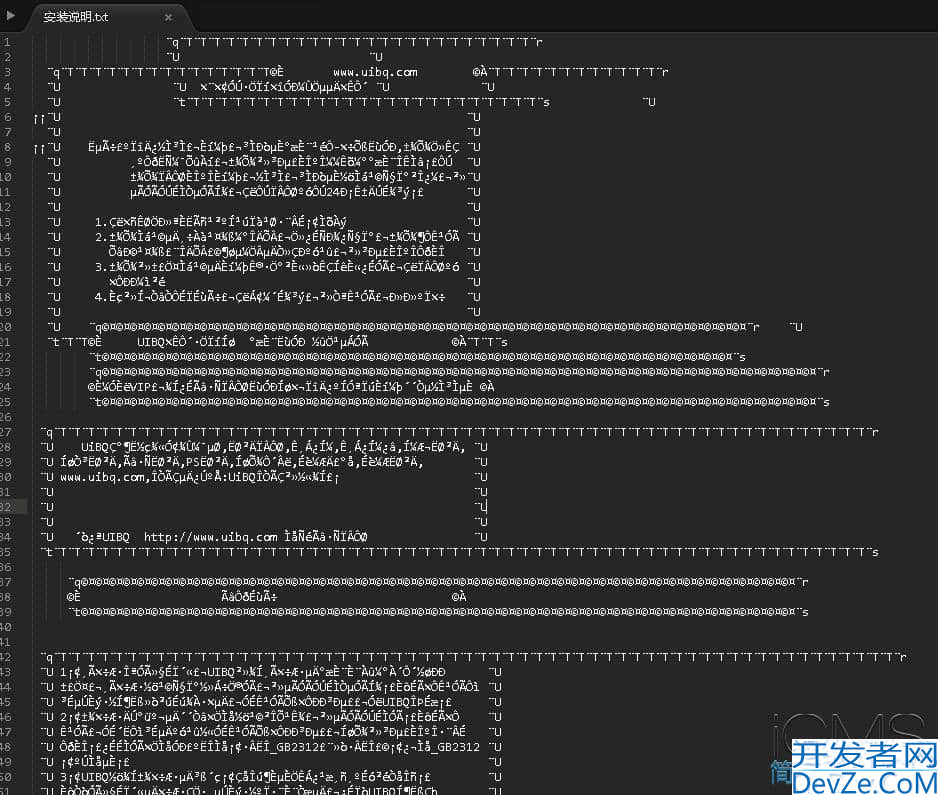目录基本语法和用途使用示例基本用法同时声明多个变量在条件语句中使用在 for 循环中使用特殊规则android和边界情况1. 非新变量赋值(至少一个变量是新声明的)2. 作用域限制3. 类型推断规则4. 类型断言用法5. 错误处
目录1. 无缓冲通道的定义2. 阻塞行为分析3. 无缓冲通道的同步特性4. 无缓冲通道 vs 缓冲通道5. 常见问题与解决方案6. 实际应用场景总结在 Go 语言中,无缓冲通道(Unbuffered Channel) 是一种特殊的通道类型,
目录问题背景问题原因解决方案:将循环变量作为参数传递深入技术解释在你的计数器代码中的应用其他解决方案总结在 Go 语言中,当在循环中启动协程(goroutine)时,如果在协程闭包中直接引用循环变量,可能会遇到一个
目录1. 内存分配与类型差异2. 初始化方式对比3. 修改行为与内存开销值类型实例 (Person{}或var p Person)指针类型实例 (new()或&Person{})4. 实际内存布局示意图值类型实例指针类型实例5. 各场景使用建议性能测试

目录一. 概念二. 实现1. 查找2. 插入3. 中序遍历4. 删除三. 递归版实现1. 查找2. 插入3. 删除4. 析构、拷贝、赋值非递归+递归整体代码四. 应用模型1. key 的搜索模型2. key_value 的搜索模型总结一. 概念

目录基本知识基本思路步骤1、前端配置好tinymce富文本编辑器2、获取富文本编辑器的内容,并发送至后端3、后端在数据库创建表4、后端编写接收富文本内容的接口总结基本知识

目录问题描述解决办法总结问题描述 没有发现测试/空套件 javascript &n编程客栈bsp;

pip安装pyspark报错 python版本:Python 2.7.14 执行命令:pip install pyspark 报错 :return base64.b64encode(b).decode("ascii") MemoryError

目录游戏规则实现代码游戏规则 这是一个单人钻石棋游戏,游戏中有两种颜色的棋子:红色和绿色。每个玩家在游戏进行中轮流选择一个空格,并在该空格上放置自己的棋子。游戏的目的是尽可能地连成一条长的直线,使该直线

Sublime Text 3是一个非常好的代码编辑器。因为它的性感高亮代码配色,也因为它的体积小。但是它默认不支持GBK的编码格式,因此打开GBK代码文件,如果其中有中文的话,就会显示乱码:
精彩评论